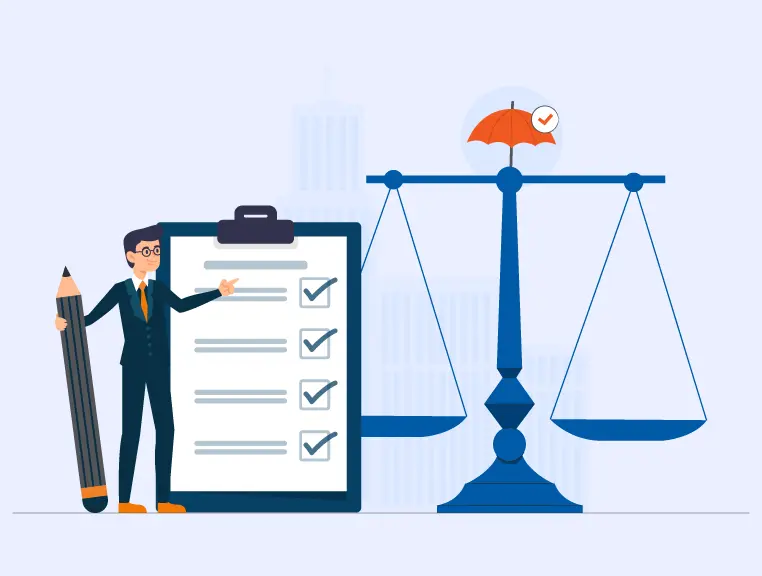With the advent of the Industrial Revolution, it had a profound social impact, particularly in terms of the number and severity of accidents in manufacturing plants. With the evolution of sophisticated manufacturing product lines and the implementation of heavy machinery, chemicals, and robotic engineering, the risks for human workers have increased dramatically. In response to this, India has strived to maintain a strong focus on workplace safety and established the Public Liability Act Insurance in 1991. Under the law, the companies must have insurance in place to cover any damages caused by hazardous materials that are being reported under the Environmental Protection Act, of 1986. This act is designed to provide for the protection and improvement of the environment.
The Objective of the Public Liability Insurance Act 1991
According to the Act, any person who owns or controls the handling of hazardous substances is responsible for taking out insurance to cover any claims for loss suffered. Section 3 of the Act provides for the principle of ‘no-fault liability on the owners. This makes it certain that the owner shall provide adequate relief to the worker in case of death or injury or damage of property caused as a result of an accident at the workplace. Furthermore, this section permits claimants to seek compensation without having to plead that the damage or injury caused due to the owner’s negligence. The ‘no-fault liability’ principle protects workers in case of death or injury to property caused by an accident at work.
How is this Act Premium Bifurcate from the Environmental Relief Fund?
The Insurance Act empowers the Central Government to constitute an Environmental Relief Fund to provide immediate relief by utilizing the funds to facilitate rehabilitation, medical and other facilities for survivors. Additionally, relief funds are used for making payments by the provisions of laws under Section 3. This section provides relief in the case of assignments by collectors under Section 7.
Evolution of the Public Liability Insurance Act
On 2nd December 1984, the Bhopal gas tragedy was a catastrophic incident. It deteriorated the people’s existence in their lives and the surroundings of the city of Bhopal. This is one of the world’s biggest industrial catastrophes, which forms the basis of constituting the act. Consequently, over 30 tons of methyl isocyanate gas was released from the Union Carbide pesticide plant in tragedy. As per the investigations, it was the result of an inadequate governance structure of the plant.
Who is Responsible for Giving an Application of Claim for Relief
- The person who has sustained the injury.
- By the owner of the property.
- In cases where death has resulted from an accident, the legal representatives of the deceased may bring a claim.
- An agent duly authorized by the person or owner of the property involved. Or by the legal representatives of the deceased, may also bring a claim.
Public Liability Insurance Claim Process
- Evaluate and analyze the damage that you have encountered in an industrial disaster.
- Collect the evidence and proof and submit it to the insurance company.
- Appropriate medical certificate in case of any injuries or deaths.
- Submit duly filled-in claim form along with required documents by the insurance company.
Where to Buy Best Public Liability Insurance?
SecureNow works with specialized and cost-effective insurers to get you the best quotations in terms of features and prices too. From preparing documentation to follow-ups, we manage all aspects of the claim. Contact us to know more!
About The Author
Rajesh Mehta
MBA Finance
Rajesh has become a distinguished expert in liability insurance with over 8 years of extensive experience in the insurance industry. As a dedicated writer for SecureNow, he crafts insightful and informative blogs and articles that help businesses and individuals understand the nuances of liability insurance, from policy details to industry trends. Throughout his career, Rajesh has developed a profound knowledge of various types of liability coverage, including professional, general, and product liability insurance. Their expertise enables them to break down complex topics into accessible content, making it easier for readers to make informed decisions about their insurance needs.




